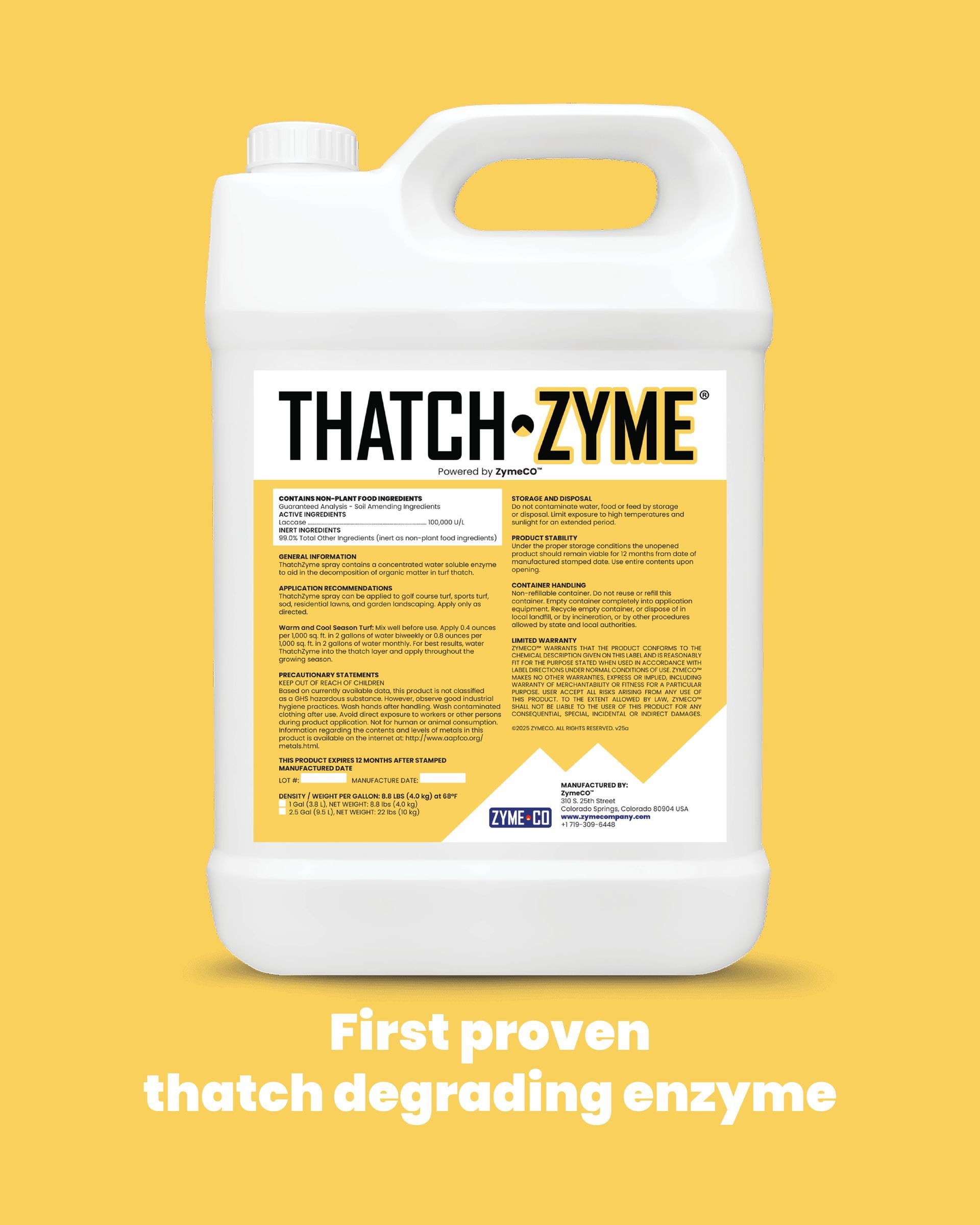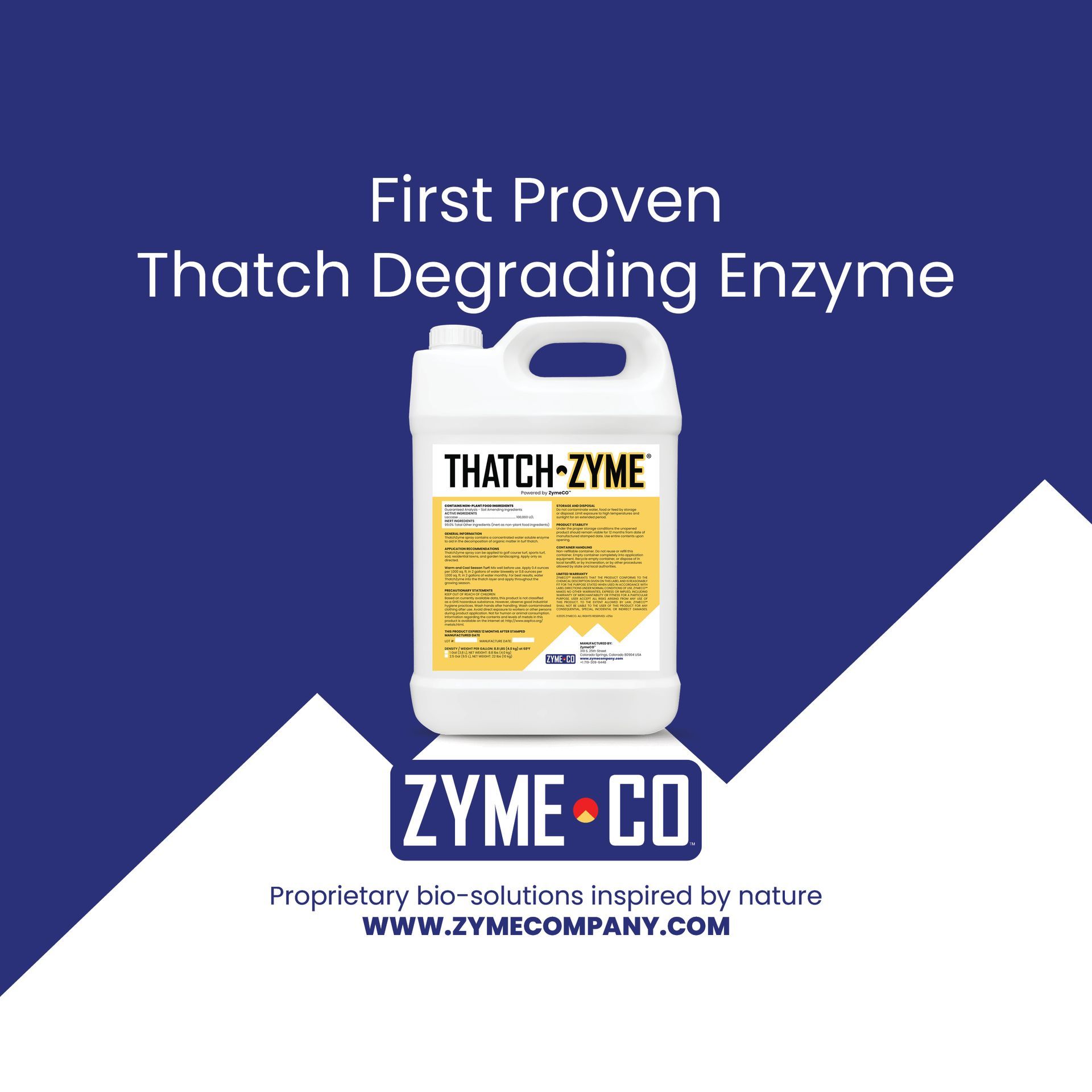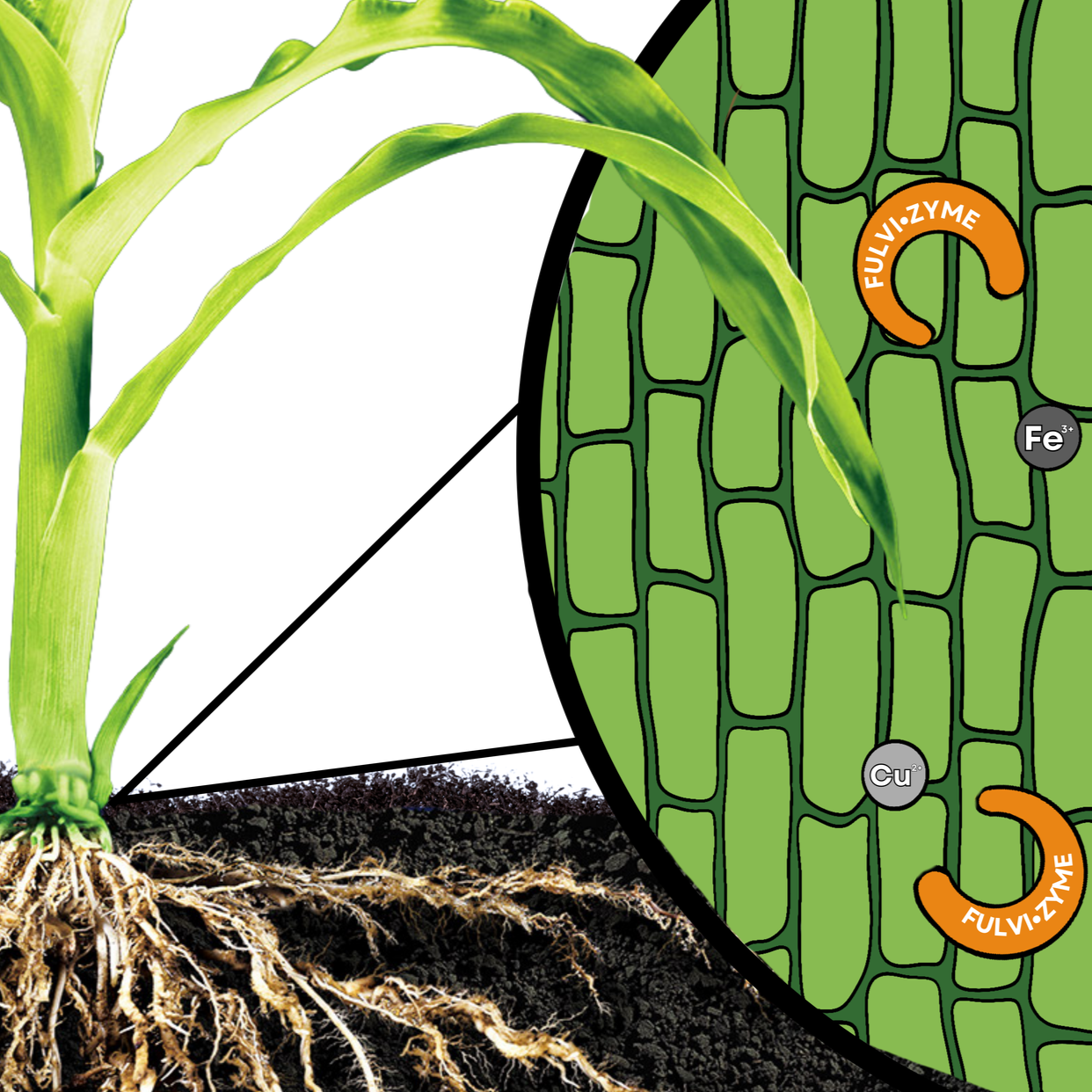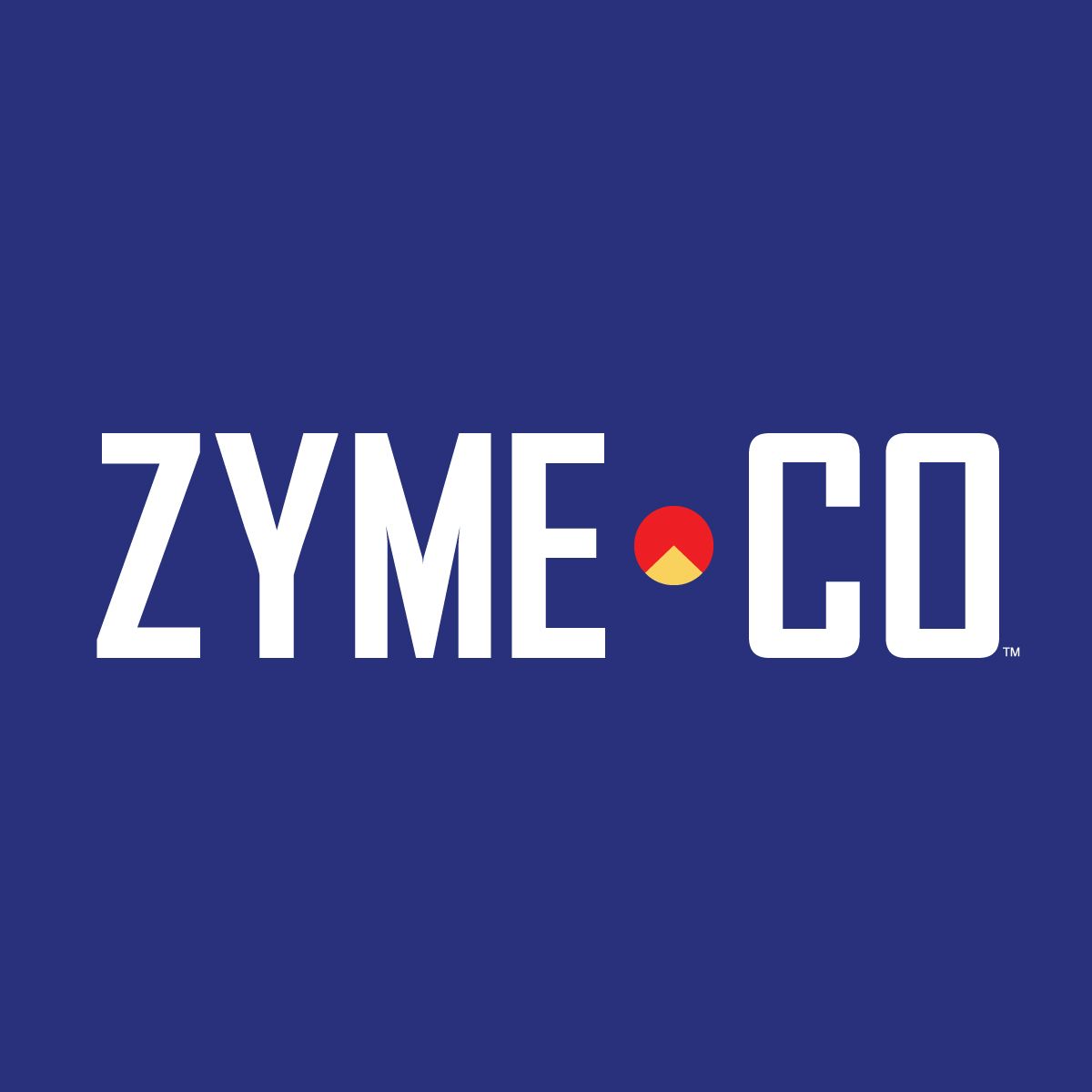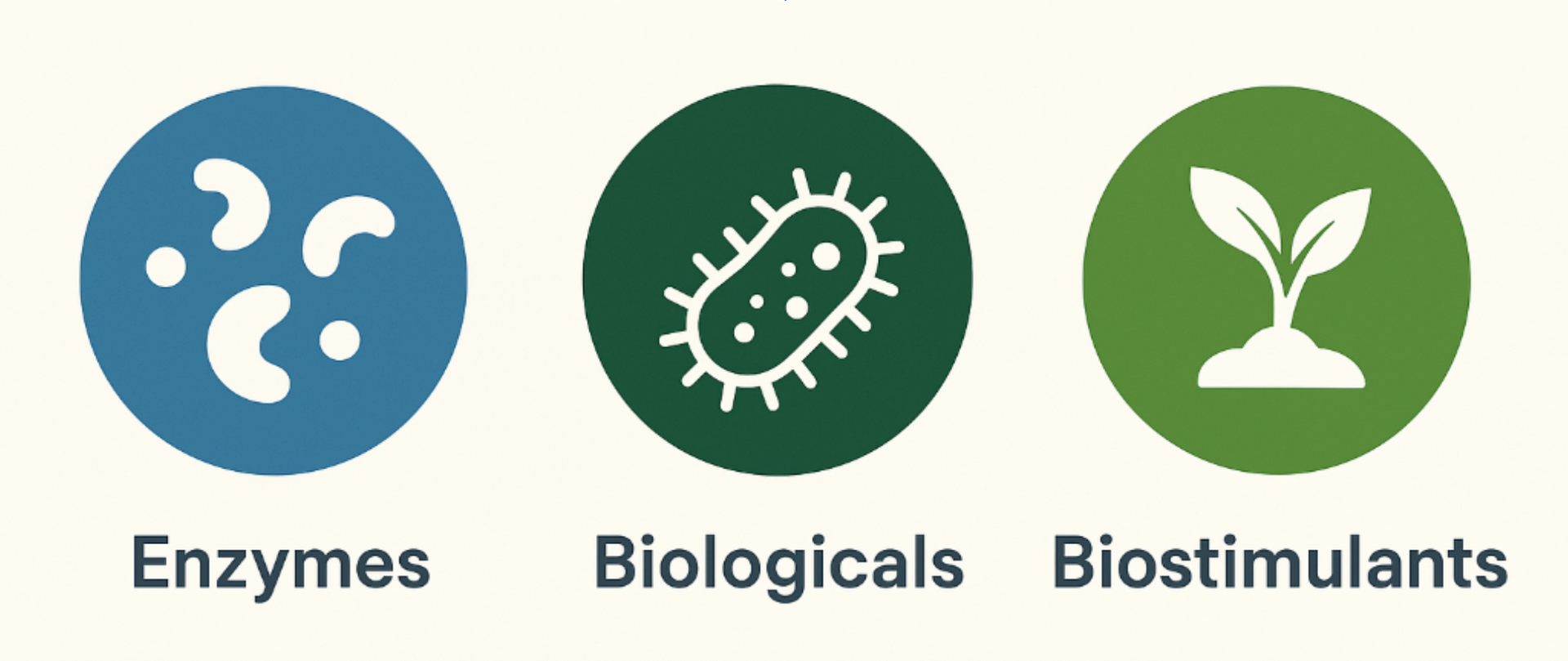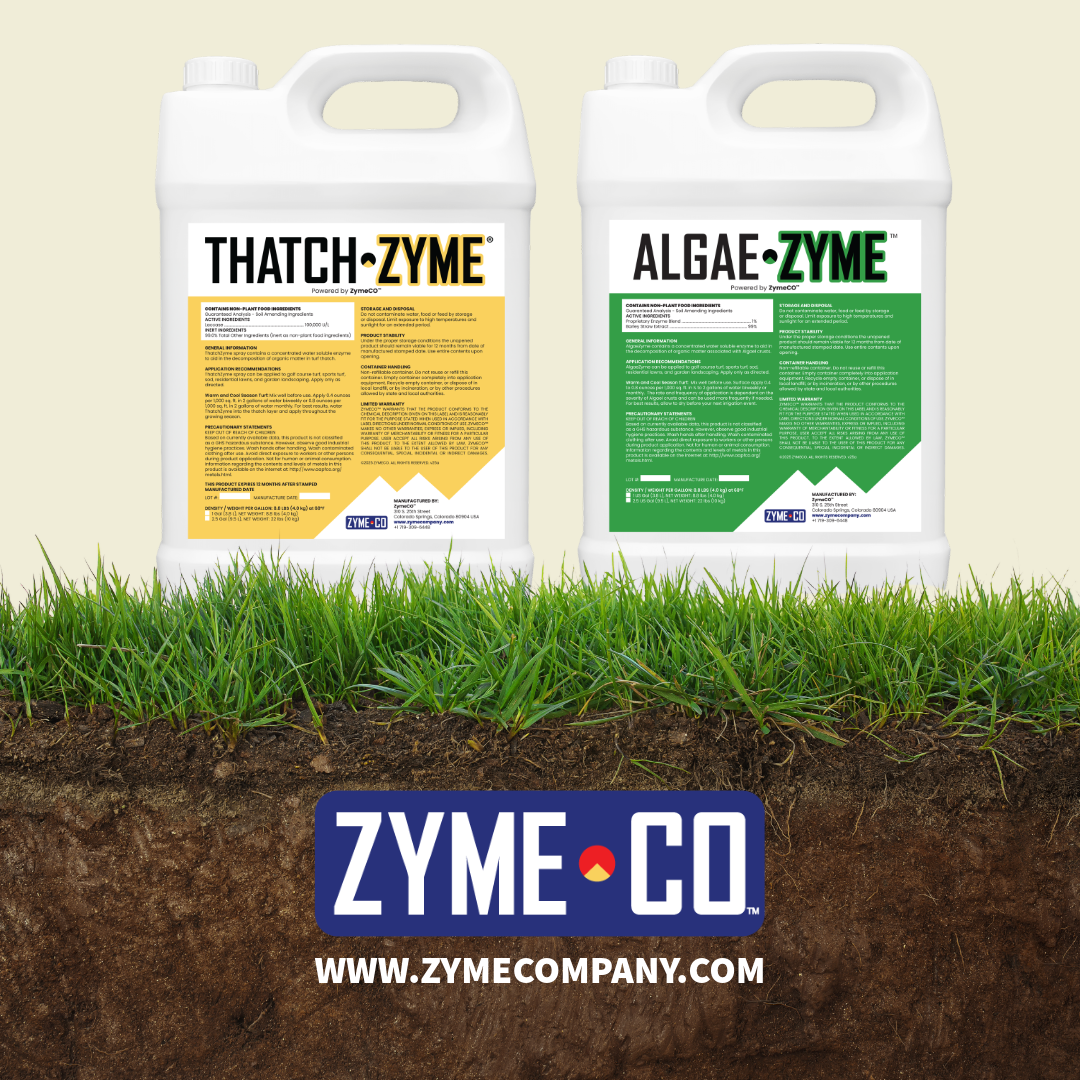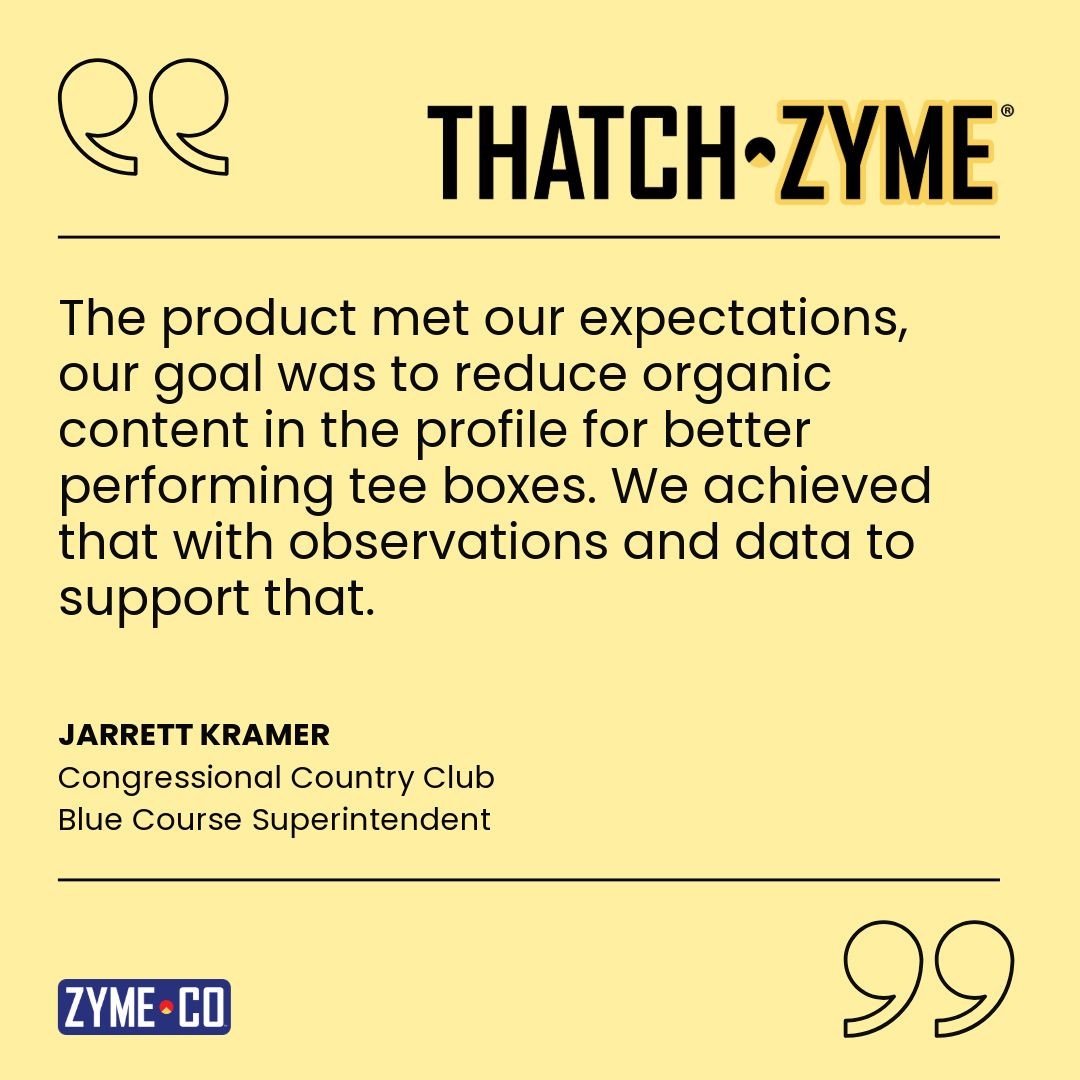ThatchZyme FAQ
Phil Dwyer, VP Sales & Marketing • June 17, 2025

ZymeCO announced the appointment of Erin Ahlers as Vice President, Manufacturing Operations. Ahlers brings more than three decades of agriculture industry experience spanning the full product pipeline, including early R&D, product development and field testing, manufacturing operations, and global quality assurance.

Rob Cooper, Founder of Living Turf, adds “I have known Phil Dwyer, who is behind the science of ThatchZyme, for thirty years - that was the first major tick of approval for me. Now, having trialled the product, seen the data, and understand what it can do, I am eager to share it with our clients and see what it can do


